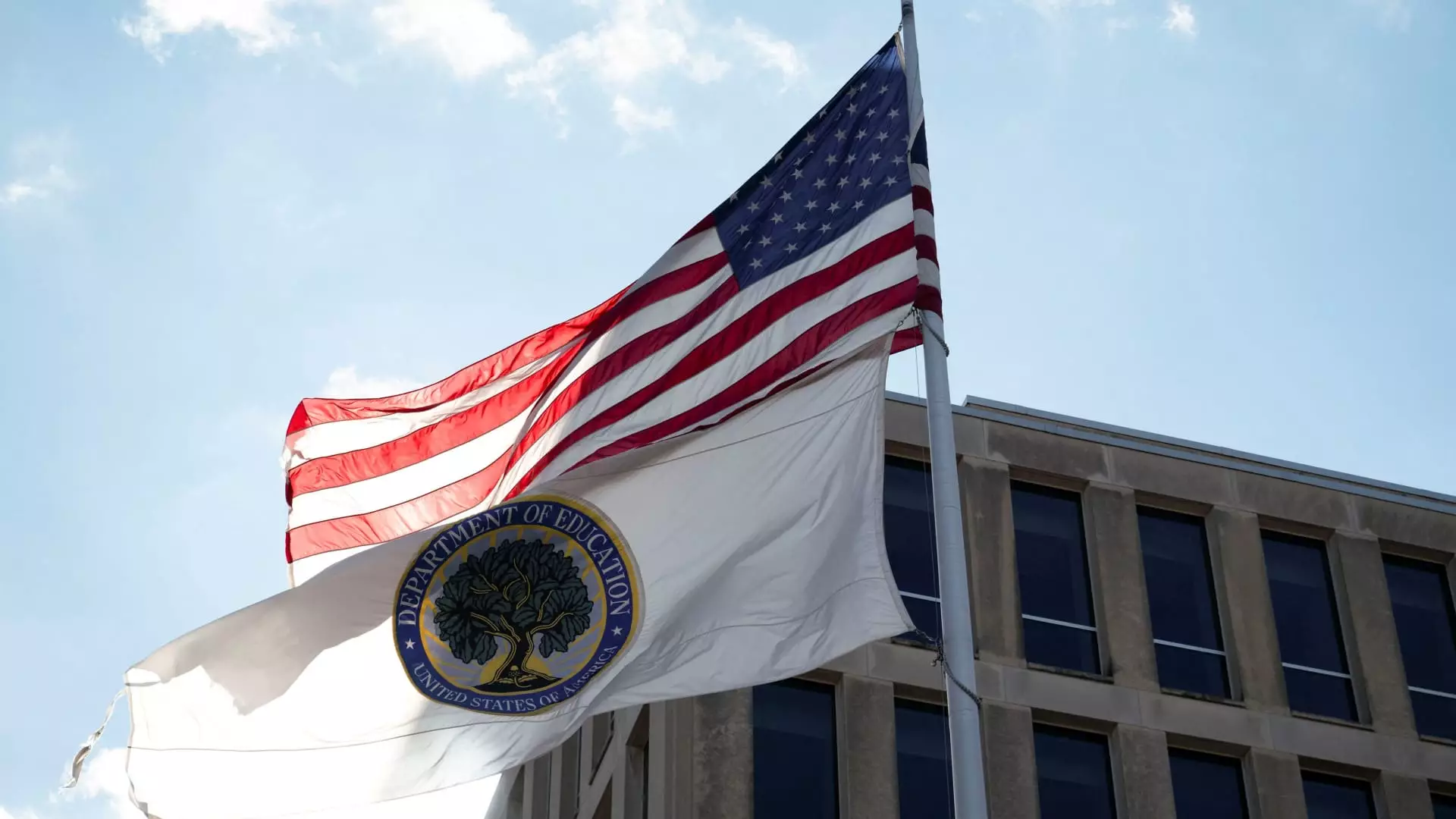In recent years, discussions about the future of the U.S. Department of Education have intensified, particularly during the Trump administration. As plans to potentially close the agency loom, the effects on the approximately 42 million federal student loan borrowers could be monumental. Understanding the ramifications of such significant policy shifts on education financing is essential for current and future borrowers who depend on federal student loans.
The U.S. Department of Education plays a critical role in higher education in America. Established in 1979 under former President Jimmy Carter, the department is responsible for a range of functions, including the underwriting of student loans and managing an astounding $1.6 trillion education debt. The department not only facilitates access to college through federal loans but also provides essential financial aid services, making it a cornerstone of the American education system.
However, with recent proposals to either close or diminish the powers of the Education Department, many borrowers now face a sense of uncertainty and heightened anxiety. Betsy Mayotte, the president of The Institute of Student Loan Advisors, notes that this anxiety is palpable among borrowers who rely on these loans to further their education. While structural changes require legislative action, there is speculation that executive orders could facilitate significant modifications within the agency.
On the campaign trail, President Donald Trump articulated the intention to reevaluate the role and necessity of the Department of Education, deeming it a priority. This rhetoric resonates with a certain segment of the American electorate who prioritize reducing the size of government. Nonetheless, a stark contrast arises in the public opinion landscape. Recent polling data reveals that 61% of likely voters oppose any move to abolish the Education Department. This disconnect speaks volumes about the complexities of American views on education and financial aid, highlighting a population that still values support for higher education despite partisan divides.
Critics of the proposed changes argue that dismantling the department could lead to severe consequences for students. Even if the Education Department were to disappear or face significant restructuring, the obligations that borrowers have regarding their student loans would remain intact. Filters of management might shift to alternative governmental entities, like the Treasury or Justice Departments, but the underlying terms of the loans would stay the same.
The potential disruption in management raises questions about how a transition would affect those currently wrapped in the student loan system. While the nature of the debts persist irrespective of the managing body, the logistical implications of such a shift could result in confusion and chaos for borrowers. Mayotte asserts that the borrowing experience could suffer due to diminished stability, suggesting that past trends in the mortgage industry—where loans are frequently sold to new servicing companies—should serve as a cautionary tale.
If the department were to undergo drastic changes, especially a partial or full shutdown, students looking for financial aid would experience significant delays. Michele Shepard Zampini, a higher education expert, emphasizes the urgency of this matter, indicating that reliance on federal student loans is a pervasive reality for many families. The ramifications of a broken or hindered loan system could become an insurmountable obstacle for aspiring college students.
Moreover, discussions around the privatization of federal student loans have emerged among certain Republican factions. Proponents argue that incorporating private lenders could introduce competition and innovation into the system. However, consumer advocates warn of the risks this transition might pose to borrowers’ protections—a fundamental safety net currently afforded by the federal system.
The complexities of student loans are already overwhelming. Shifting the responsibility for the education financing system to private entities lacking a mandate for consumer protection could exacerbate the myriad challenges existing borrower populations face, including repayment hurdles and access to reliable information.
The potential changes on the horizon for the U.S. Department of Education and its role in student loans merit close scrutiny. As speculation continues about the fate of the department, it is vital for lawmakers and the broader public to engage in understanding the valuable protections and services the department provides. For students—current and prospective—the stakes could not be higher. A system that requires stability to support educational advancement should remain a priority in policy discussions, ensuring that all students have access to the financial resources needed to achieve their academic dreams.


Leave a Reply